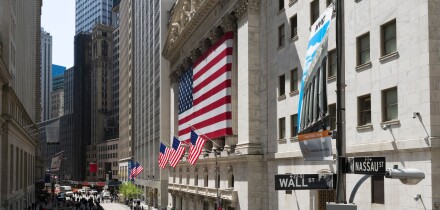Currency options fearless, despite Greece and China
A strong compression in implied volatility globally across most asset classes has brought euro/dollar volatility to near dead calm, despite unanswered questions about what the results of Greece’s bail-out discussions will be.
Unlock this article.
The content you are trying to view is exclusive to our subscribers.
To unlock this article:
- ✔ 4,000 annual insights
- ✔ 700+ notes and long-form analyses
- ✔ 4 capital markets databases
- ✔ Daily newsletters across markets and asset classes
- ✔ 2 weekly podcasts






